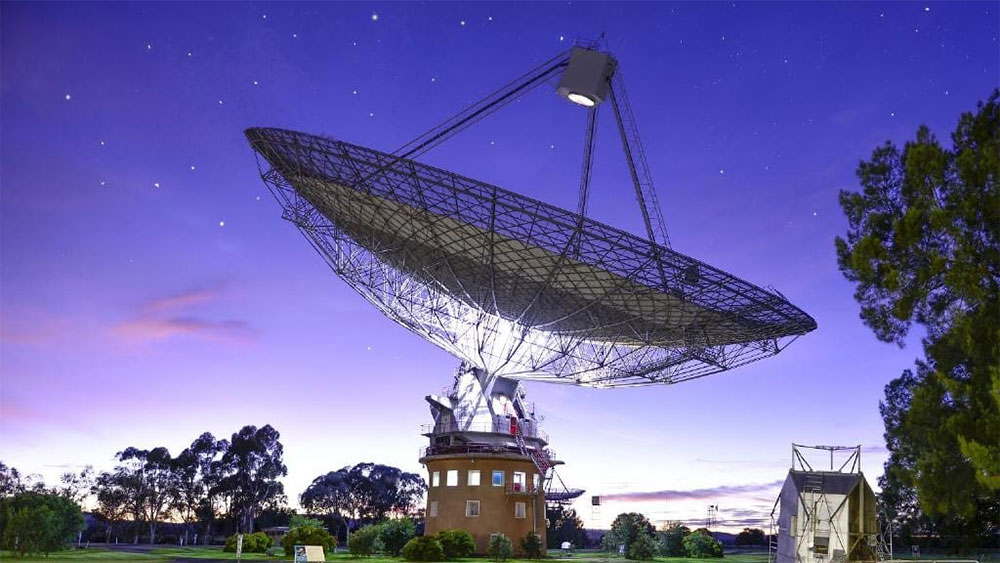An improved understanding of the Earth
Satellite Earth observation provides objective coverage across both space and time. Sensors can gather data from sites across the world, including places too remote or otherwise inaccessible for ground-based data acquisition.
An improved understanding of the Earth and its systems – such as weather, climate, oceans, land, geology, ecosystems, and natural and human-induced hazards – is essential if we are to effectively manage our planet and its resources. Satellite Earth observation data, and the information derived from it, are essential to this understanding.
Prior to the space age, mankind couldn’t develop a global view of the world we lived in. Fifty years later, planet Earth has been redefined through the systematic collection and analysis of vast amounts of information collected by satellites, and we can see our world as never before.
Satellite Earth observation images show the world through a wide-enough frame that large-scale phenomena can be observed to an accuracy and entirety it would take an army of ground-level observers to match. A single satellite image has the potential to show the spread of air pollution across Australia, the precise damage done by an earthquake or forest fire, or the entire span of a 500-km cyclone from the calmness of its eye to its outermost storm fronts.
Image and article from space.gov.au





